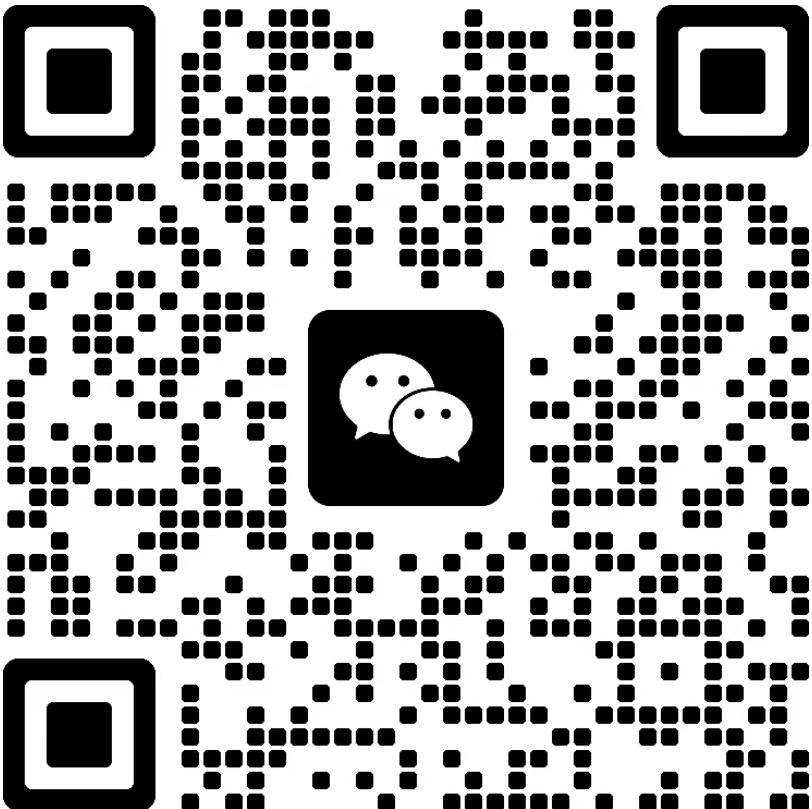1、 Bill of Materials
The insertion or installation of components should be strictly in accordance with the material list, PCB screen printing, and outsourcing processing requirements. When the materials do not match the list or PCB screen printing, or are opposite to the process requirements, or the requirements are unclear and cannot be operated, we should contact our company in a timely manner to acknowledge the correctness of the material and process requirements.
2、 Anti static requirements
1. All elemental equipment is treated as electrostatic sensitive equipment.
2. All personnel who come into contact with equipment and products should wear anti-static clothing, anti-static wristbands, and anti-static shoes.
3. During the material entry and storage stages, anti-static packaging is used for anti-static sensitive equipment.
4. During the homework process, use an anti-static workbench, and store raw materials and semi-finished products in anti-static containers.
5. The welding equipment is reliably grounded, and the electric soldering iron is of anti-static type. Testing is required before use.
6. PCB semi-finished products are stored and transported in anti-static boxes, and anti-static pearl cotton is used for barrier materials.
7. The whole machine without a shell is equipped with anti-static packaging bags.
3、 Rules for the Insertion Direction of Appearance Identification of Meta Equipment
1. Polar element equipment is inserted according to polarity.
2. When vertically inserting the component equipment (such as high-voltage ceramic capacitors) next to the screen, the screen should face to the right; When inserting horizontally, the silk screen should face downwards. When the element equipment (excluding SMT resistors) with screen printing on the top is horizontally inserted, the font direction should be the same as the PCB screen printing direction; When vertically inserted, the font should face upwards to the right.
3. When horizontally inserting resistors, the error color ring should face to the right; When installing horizontally and vertically, the error color ring should face downwards; When the resistor is vertically inserted, the error color ring should be facing the board surface.
4、 Welding requirements
1. The pin height of the plug-in component on the welding surface is 1.5-2.0mm. SMT components should be flat on the surface of the board, with smooth and slightly curved solder joints. The solder should exceed 2/3 of the height of the solder joint, but should not exceed the height of the solder joint. Insufficient tin, spherical solder joints, or solder covered patches are all considered defects;
2. Solder joint height: The height of the solder crawling pins on a single panel shall not be less than 1mm, and the height of the double-sided panel shall not be less than 0.5mm and shall be fully soldered.
3. Solder joint shape: conical and covering the entire solder pad.
4. Appearance of solder joints: lubricated, bright, without black spots, flux and other debris, without defects such as spikes, pits, pores, exposed copper, etc.
5. Solder joint strength: The solder pads and pins are sufficiently moist, without any false or false soldering.
6. Solder joint section: Try to cut the pins of the component as little as possible into the solder part, and there should be no tin cracking on the contact surface between the pins and the solder. There are no spikes or barbs at the cross-section.
7. Needle holder welding: The needle holder requires a bottom plate to be inserted, with a regular position and correct direction. After welding, the bottom float height of the needle holder should not exceed 0.5mm, and the seat body should not be skewed beyond the screen frame. Rows of needle holders should also be kept neat, and no misalignment or unevenness is allowed
5、 Transportation
To avoid damage to the PCBA, the following packaging should be used during transportation:
1. Container: Anti static turnover box.
2. Barrier information: anti-static pearl cotton.
3. Placement spacing: There is a gap of more than 10mm between PCB boards and between PCB boards and the box.
4. Placement height: There is a space greater than 50mm from the top surface of the turnover box, ensuring that the turnover box is not pressed against the power supply when stacked, especially for power supplies with wires.
6、 Washing requirements
The board surface should be clean, free of Wuxi beads, component pins, and stains. Especially at the solder joints on the plug-in surface, no dirt left by welding should be visible. When washing the board, the following equipment should be protected: wires, connecting terminals, relays, switches, polyester capacitors, and other corrosion-prone equipment. Moreover, ultrasonic cleaning of relays is strictly prohibited.
7、 All equipment and devices must not exceed the edge of the PCB board after completion.
8、 When PCBA passes through the furnace, due to the erosion of tin flow on the pins of the plug-in components, some plug-in components may tilt after welding, causing the component body to exceed the silk screen frame. Therefore, it is required that the soldering personnel after the tin furnace make appropriate corrections.

